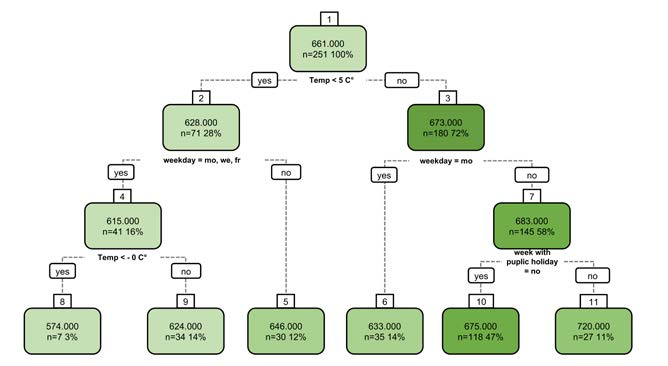Supply chain analytics
The digitalization of industrial processes is presenting today‘s companies with significant and diverse challenges. In addition to technical issues – such as data collection, data transmission, data storage, and data analysis – strategies and organization need to be re-aligned. With Supply-Chain-Analytics, Fraunhofer SCS helps companies to get new insights from their data and to apply this knowledge to the development of data-driven business processes.
Methods and objectives
• Descriptive analytics processes historical or real-time data within a supply chain in order to track material movements and events, for example, or to determine key figures.
• Predictive analytics evaluates current processes and events within a supply chain using models that have been derived from historical data. This allows prediction of critical situations such as transport delays or customer demands for capacity planning.
• Prescriptive analytics provides actions and measures for the future planning and control of a supply chain (e.g. MRP parameters, storage locations). Models based on historical data – often combined with mathematical optimization are needed for prescriptive analytics.
SCS library for analytics use cases
The starting point for an analytics project is identifying and selecting relevant use cases to support logistical business processes. To support this selection process, Fraunhofer SCS has developed a library for analytics use cases. The library is based on a comprehensive study within scientific databases and specialist trade journals as well as the development of a classification scheme.
Last modified:
